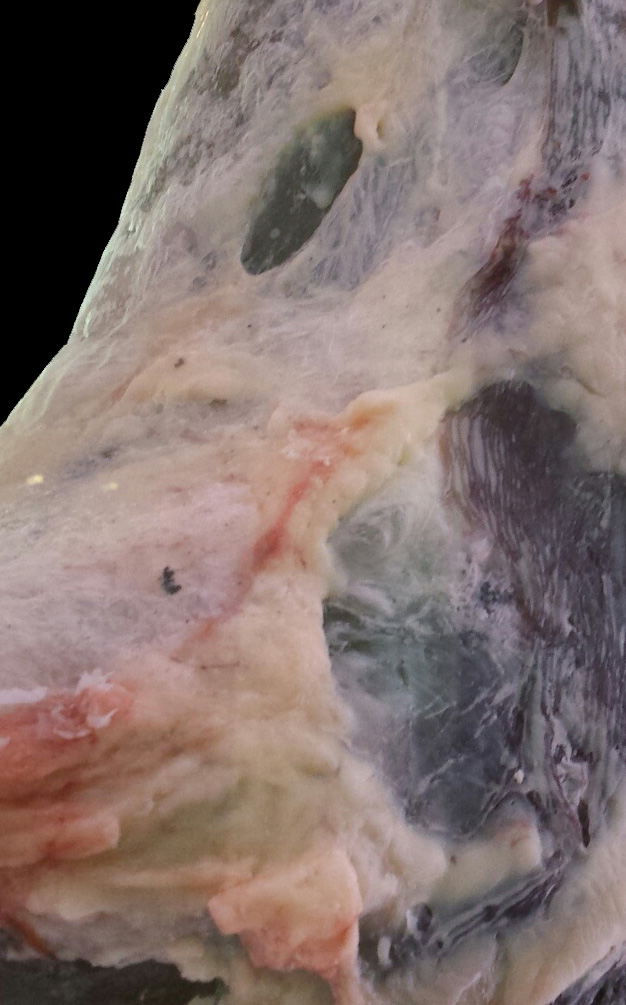Impact of Foam Rolling on Hamstring Muscle Stiffness in Non-Damaged and Exercise-Induced Damage States
A study pubslihed in Frontiers in Physiology explored the effects of foam rolling (FR) on the stiffness of hamstring muscles in both non-damaged and exercise-induced muscle damage (EIMD) states.
The study utilized shear wave ultrasound elastography to measure changes in shear modulus, involving fourteen healthy adults in a within-participant repeated measures design. Each participant received a 2-minute foam rolling intervention on one leg, with the other leg acting as a control. The protocol included maximal eccentric knee extensions and Nordic hamstring exercises to induce muscle damage, with measurements taken at baseline, 1 hour, 24 hours, and 48 hours post-exercise.
The findings indicated that there were no significant changes in the shear modulus of the biceps femoris, semimembranosus, and semitendinosus muscles between the foam rolling treated and control legs in both non-damaged and EIMD states. However, significant increases in the stiffness of the biceps femoris and semitendinosus were observed after EIMD, although these changes were consistent across both legs. Additionally, no significant differences were noted in muscle soreness, range of motion, or passive resistive torque.
The study concludes that short-duration foam rolling does not significantly alter muscle stiffness during recovery from EIMD. The results suggest that the benefits of foam rolling might be mediated by central mechanisms rather than direct mechanical alterations in muscle properties. This points to the need for further research to fully understand how foam rolling interventions affect muscle recovery and to clarify the underlying mechanisms of its effects.


